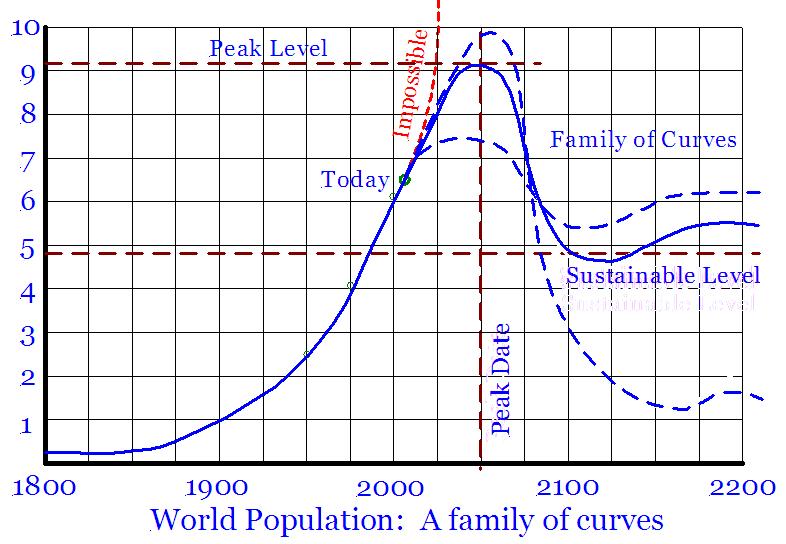Earth is known as the water planet. “Over 70% of the planet
is covered by water” (Robertson, P. 94). Ironically only a small percentage is
fresh, ready to use drinking water. The rest is either salt water or fresh
water that is frozen or no accessible to humans. Most of the world’s fresh
water comes from lakes or pounds that is replenished by rain. This is a naturel
hydrologic cycle. Since this is a cycle, the problem is not that the world is
running out of water, we are just pulling water out of the cycle faster than it
is being replaced. The is a symptom of overpopulation, uneven disruption, and overuse.
Some places in US get very little rain and rely on other
parts of the country to supply water. An example of this is California. The
southern 2/3 of the state has a high demand of water for consumption by humans
and for agriculture. This area only gets a few inches each year. The northern
part of the state receives hundreds of inches of rain each year. “A massive
system of pies, tunnels, and canals call the Central Valley Project moves water
from northern California to the cites and farm lands to the south” (Robertson,
P. 94).
https://www.propublica.org/images/ngen/gypsy_og_image/california-drought-riverbed-AP_1901880237170-FB.jpg
Water conservation is one way to fix the water crisis we are
having, this can be done in two different ways through the supply or demand
side. In the supply side, “we can find new ways to harvest rainwater,
desalinizing seawater or protecting an aquifer or a watershed that supplies
drinking water” (Robertson, P. 101). New York City rain into problems with
their drinking water in the 1900’s because of increased development in the
Catskill Mountains. The water was no longer up to EPA standards for drinking
water. They had two options, build and operate an extremely expensive water
filtrations plant or purchase forest land to create one of the largest
watershed communities in the country. New York ended up doing the ladder. The
EPA has certainty tested the water and it is one of the cleanest drinking
waters in the country. On the demand side, initiatives include installing
low-flow plumping fixtures, repairing leaks and recycling water from cooling
systems.
https://www.swfwmd.state.fl.us/education/watersheds/img/watershed-promo3.jpg
Fun facts, toilet flushing is the largest single use of
water in the United States. Before low flow bath fixtures, most toilets would
use on average 4-7 gallons per flush. Now after the EPAct, most toilets use
only 1 or less gallon per flush. That is a great start to conserving
water. Other water conservation efforts
are using grey water, which is water collected from sinks, showers, clothes
washers and other similarly activities. This “grey water” is not up to drinking
water standards but can be used to water plants, use in toilets and
recreational use.











